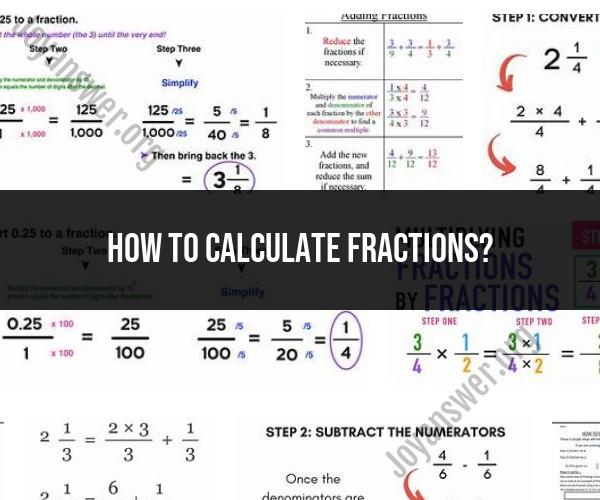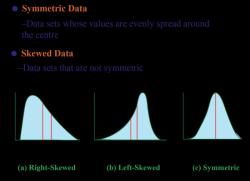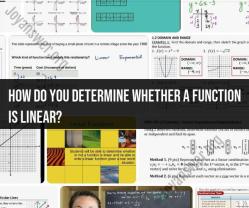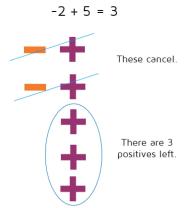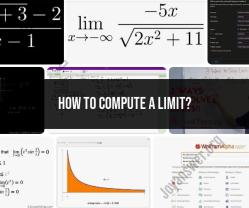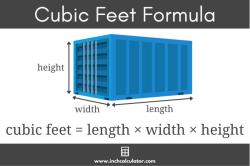How to calculate fractions?
Mastering fraction calculations involves understanding basic operations like addition, subtraction, multiplication, and division with fractions. Here are essential techniques and examples for calculating fractions:
1. Adding and Subtracting Fractions:To add or subtract fractions, they need a common denominator.
Example: Add 1/3 + 2/5
- Find a common denominator: 3 and 5 share a common multiple of 15.
- Rewrite fractions with the common denominator: (1/3) × (5/5) + (2/5) × (3/3) = 5/15 + 6/15
- Add the numerators: 5/15 + 6/15 = 11/15
2. Multiplying Fractions:To multiply fractions, multiply numerators together and denominators together.
Example: Multiply 2/3 * 3/4
- Multiply numerators: 2 * 3 = 6
- Multiply denominators: 3 * 4 = 12
- Result: 6/12, which can be simplified to 1/2
3. Dividing Fractions:To divide fractions, invert (flip) the second fraction and multiply.
Example: Divide 2/3 ÷ 4/5
- Invert the second fraction: 4/5 becomes 5/4
- Multiply fractions: 2/3 * 5/4 = 10/12, which simplifies to 5/6
4. Simplifying Fractions:Reduce fractions to their simplest form by dividing the numerator and denominator by their greatest common divisor (GCD).
Example: Simplify 8/12
- Find GCD of 8 and 12, which is 4
- Divide both numerator and denominator by 4: (8 ÷ 4) / (12 ÷ 4) = 2/3
5. Converting Mixed Numbers to Improper Fractions:Convert mixed numbers to improper fractions before performing operations.
Example: Convert 1 1/4 to an improper fraction
- Multiply the whole number by the denominator and add the numerator: (1 * 4) + 1 = 5
- Write the result over the denominator: 5/4
Remember:
- Keep denominators consistent for addition and subtraction.
- Invert the divisor when dividing fractions.
- Always simplify fractions to their simplest form.
- If needed, convert mixed numbers to improper fractions before calculations.
Practice is key to mastering fraction calculations. As you work through examples, you'll become more comfortable with these techniques and gain confidence in working with fractions.
